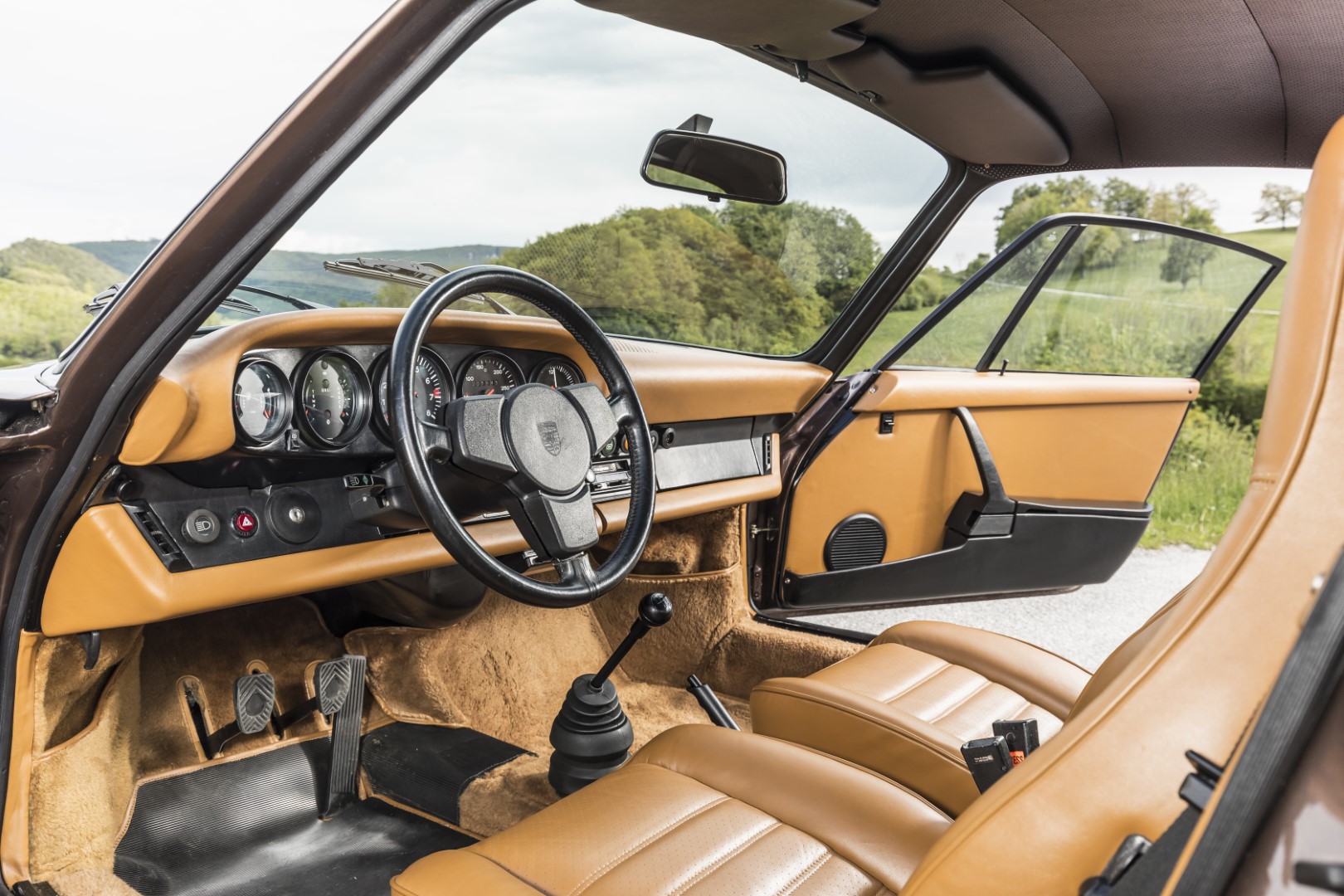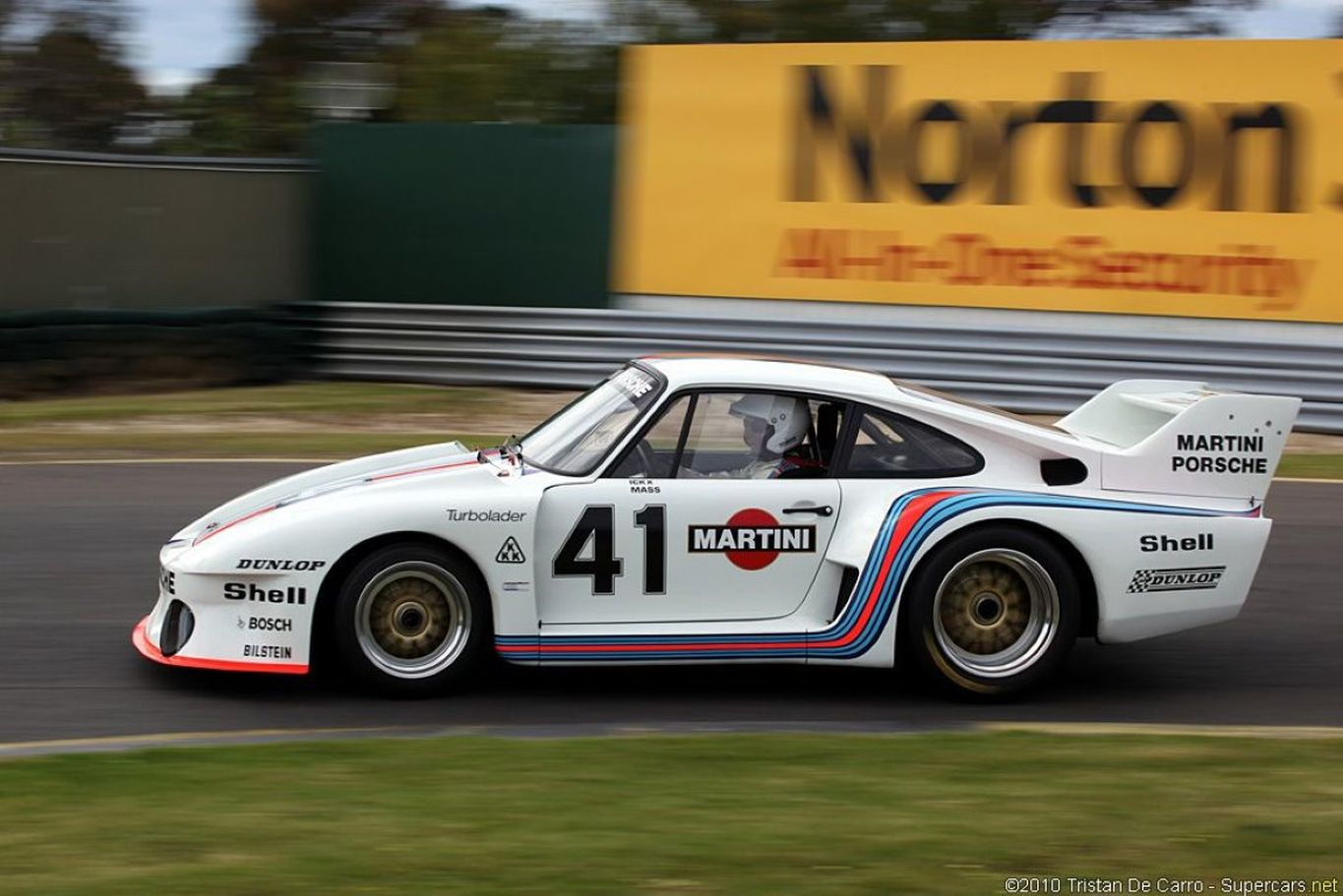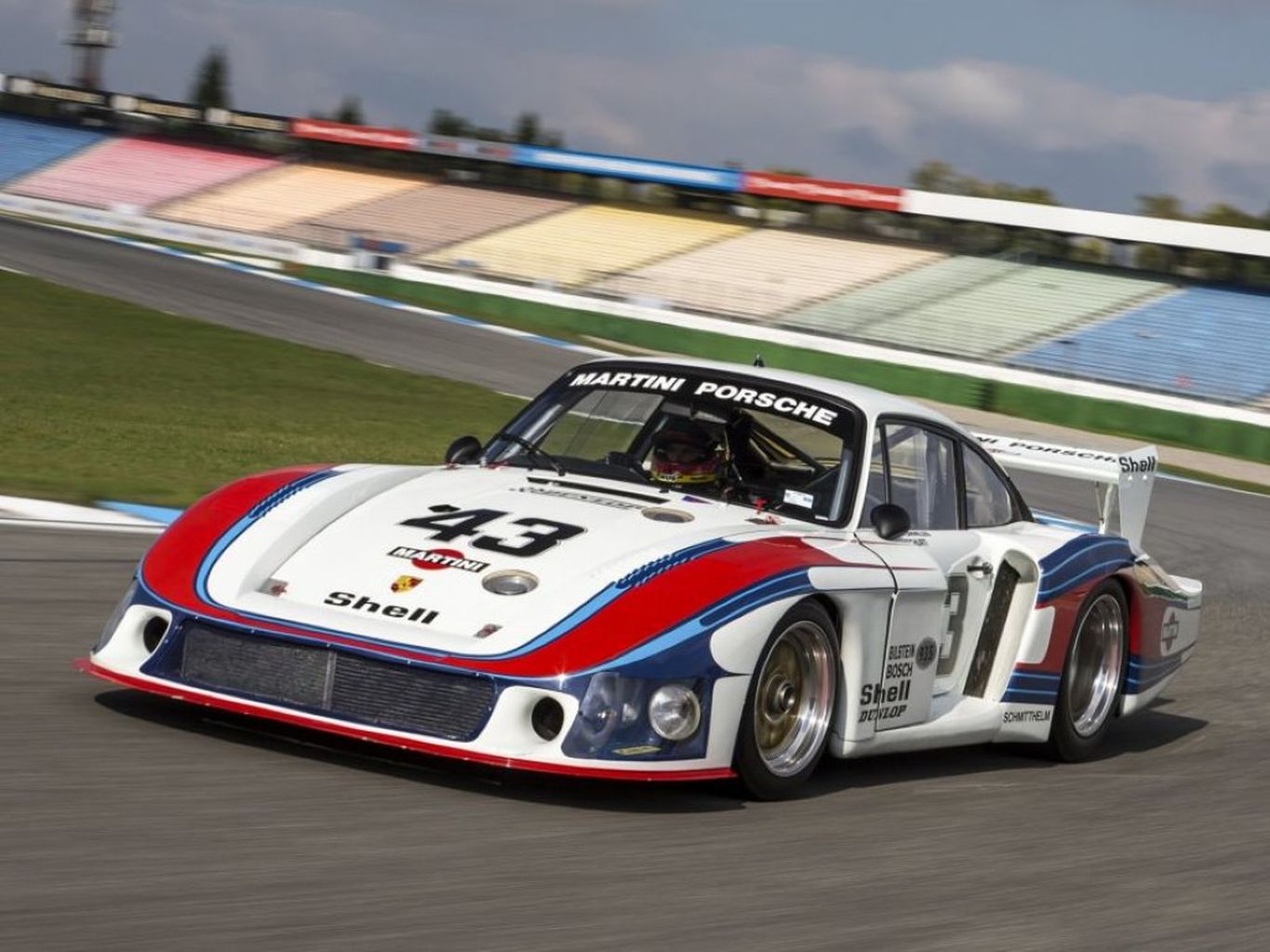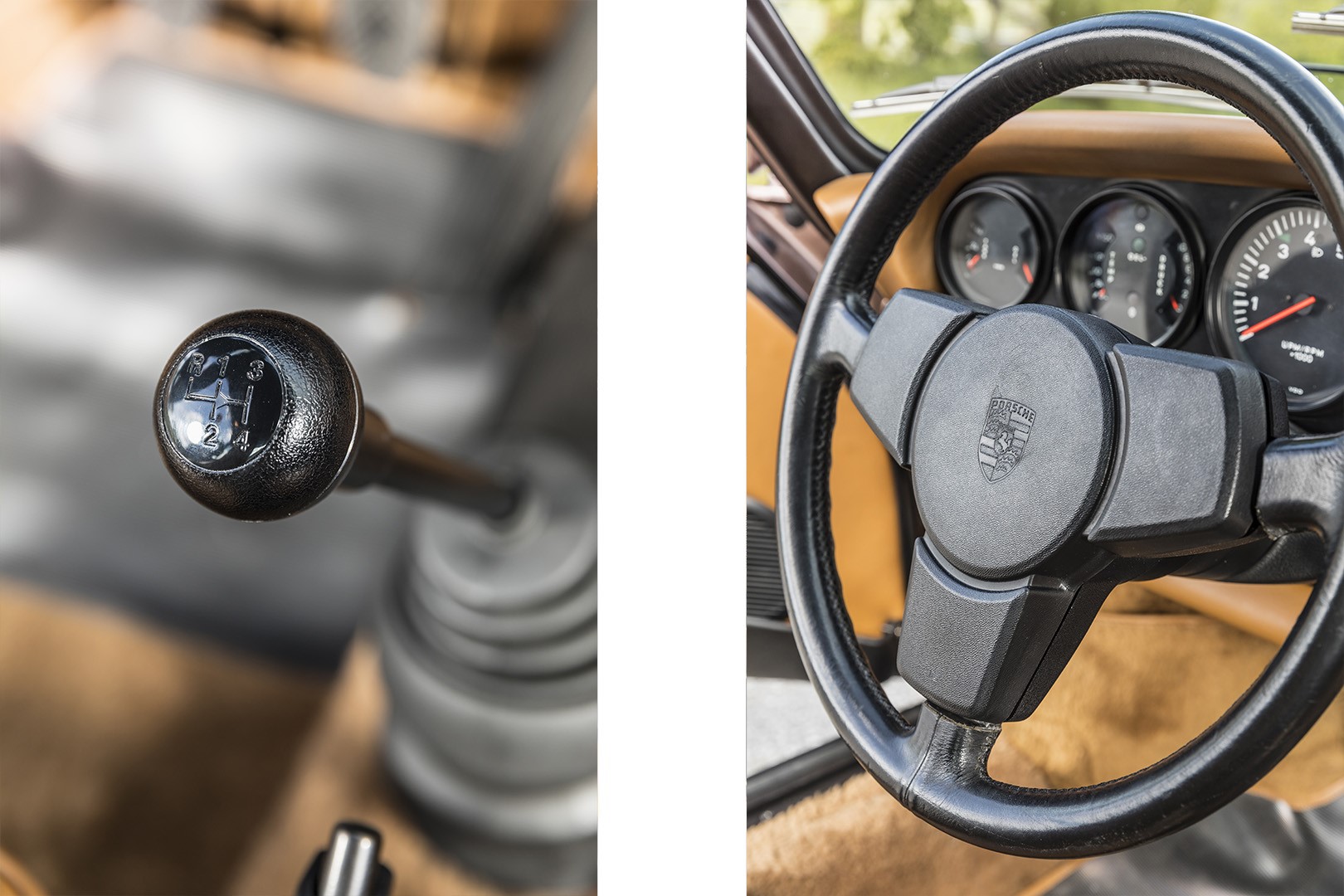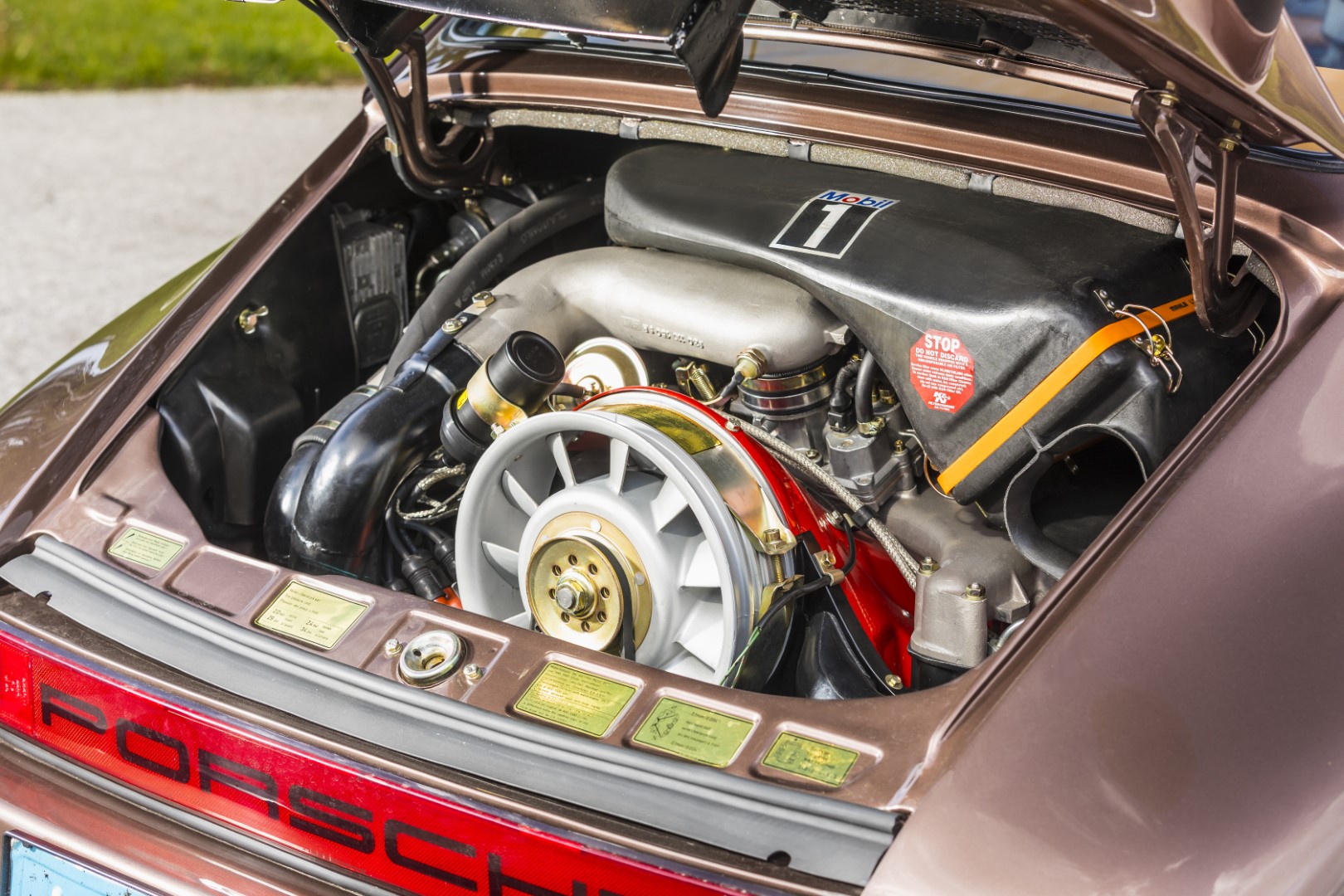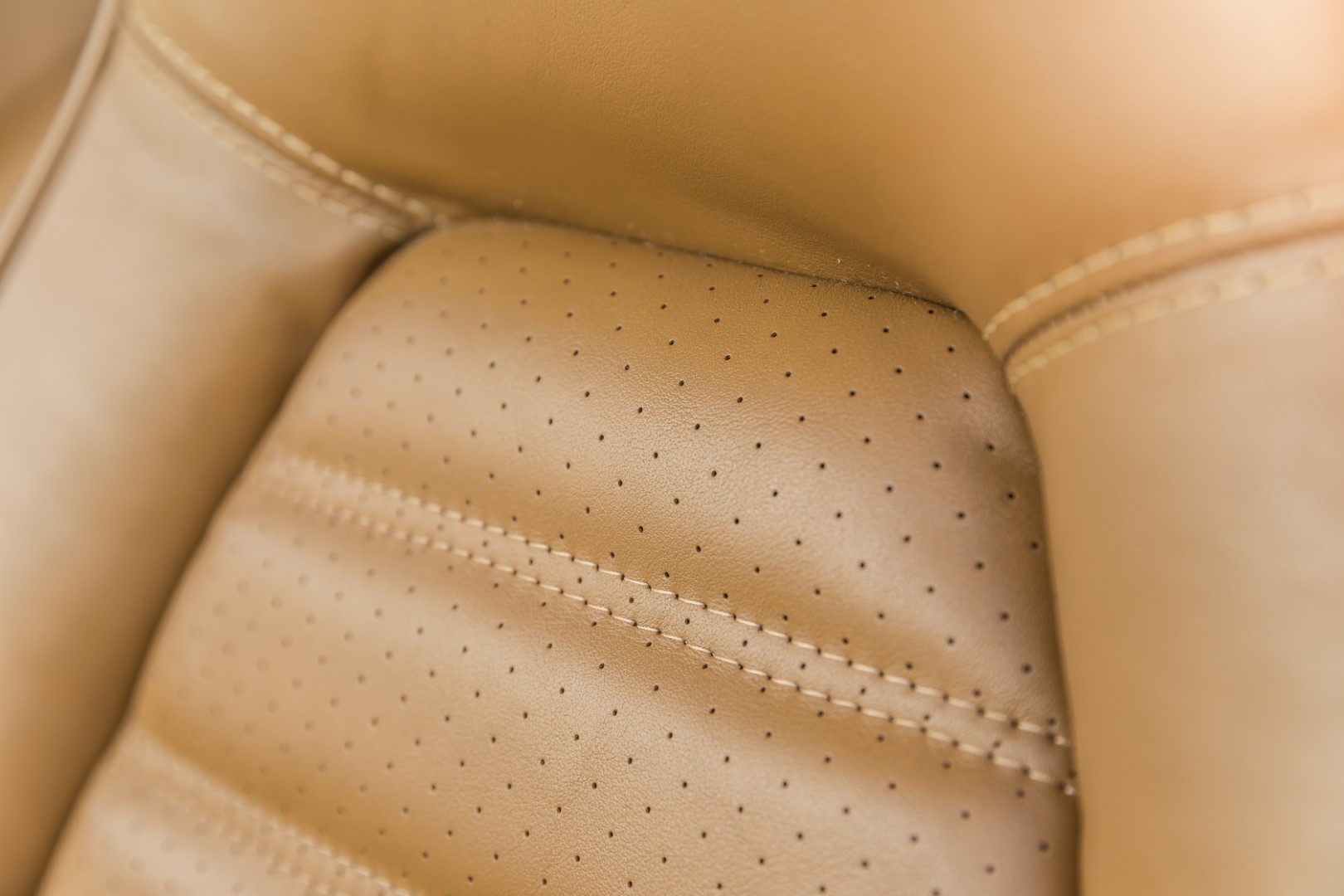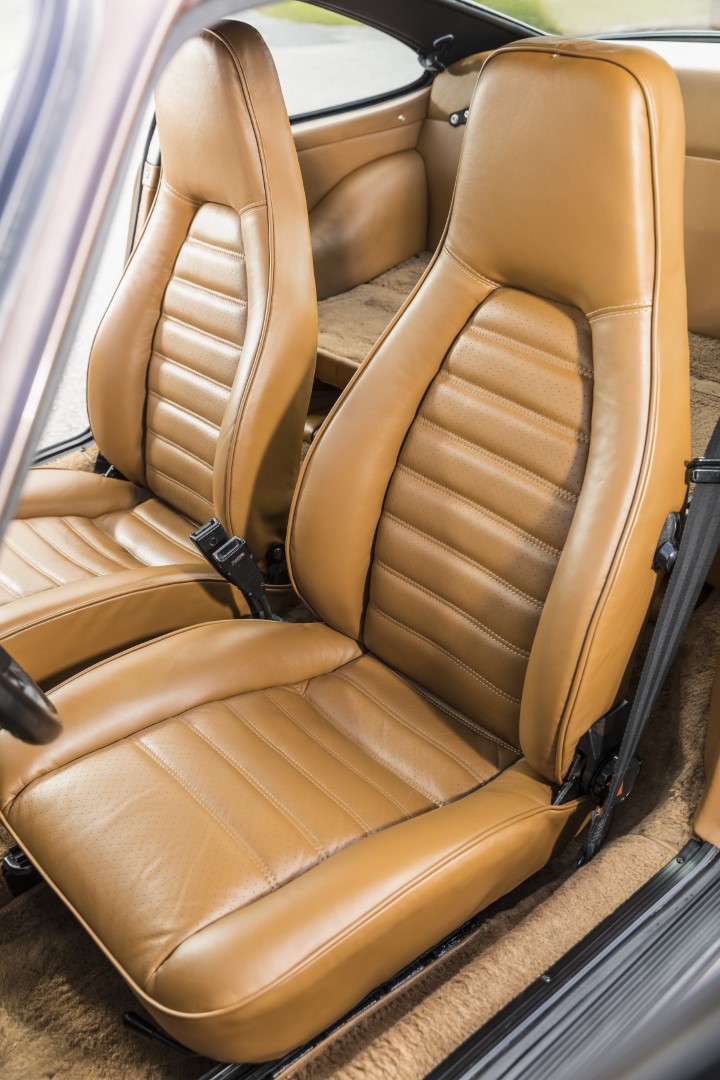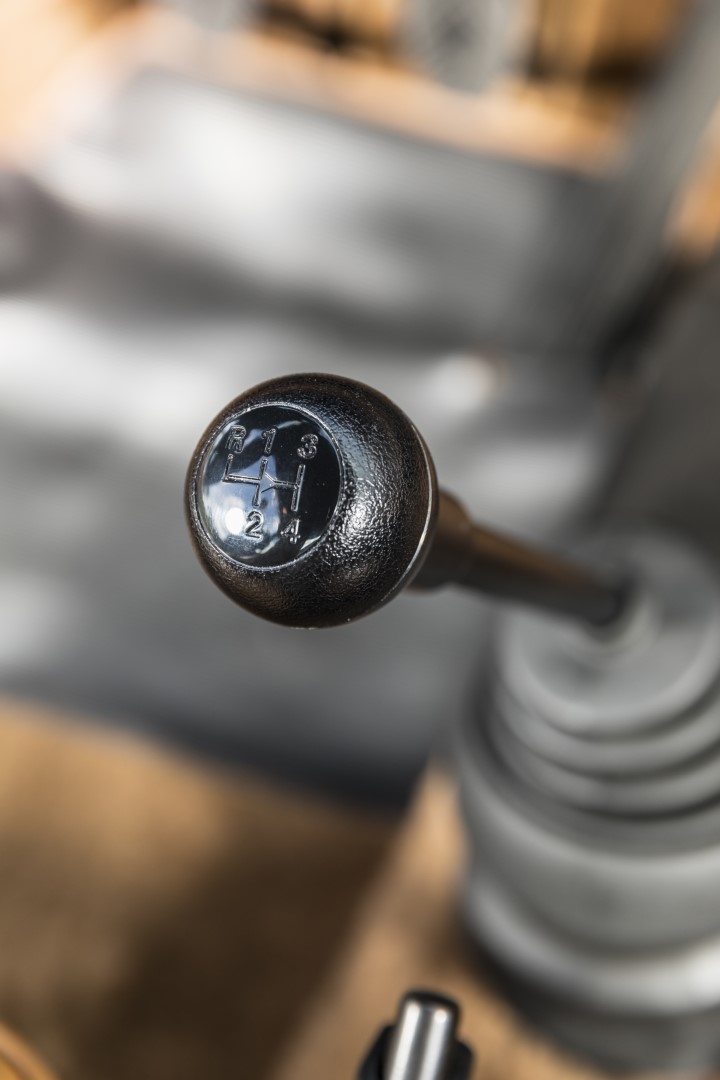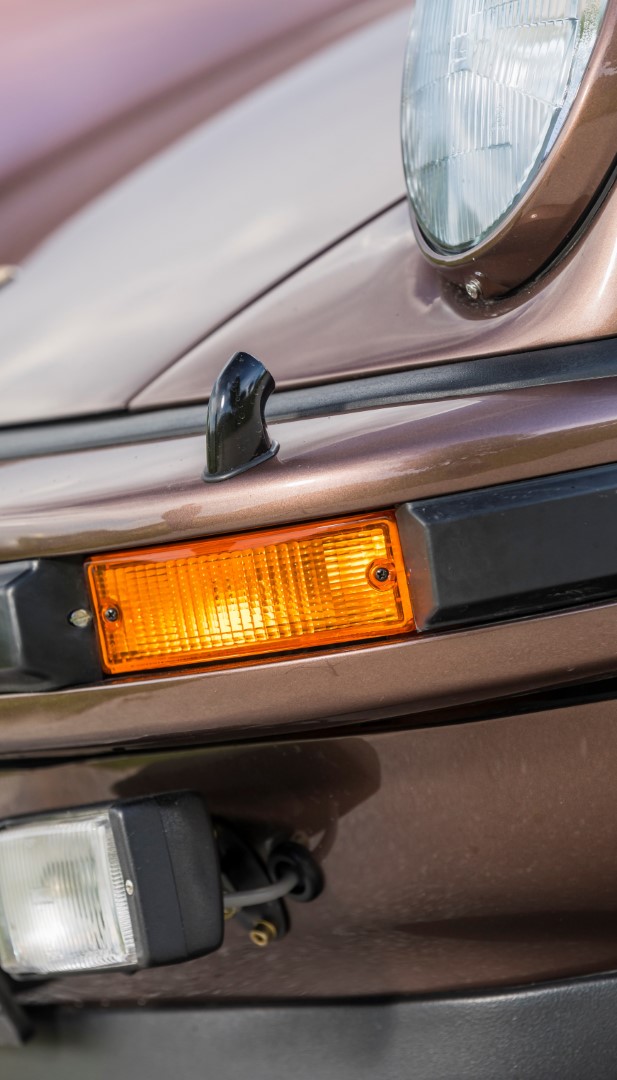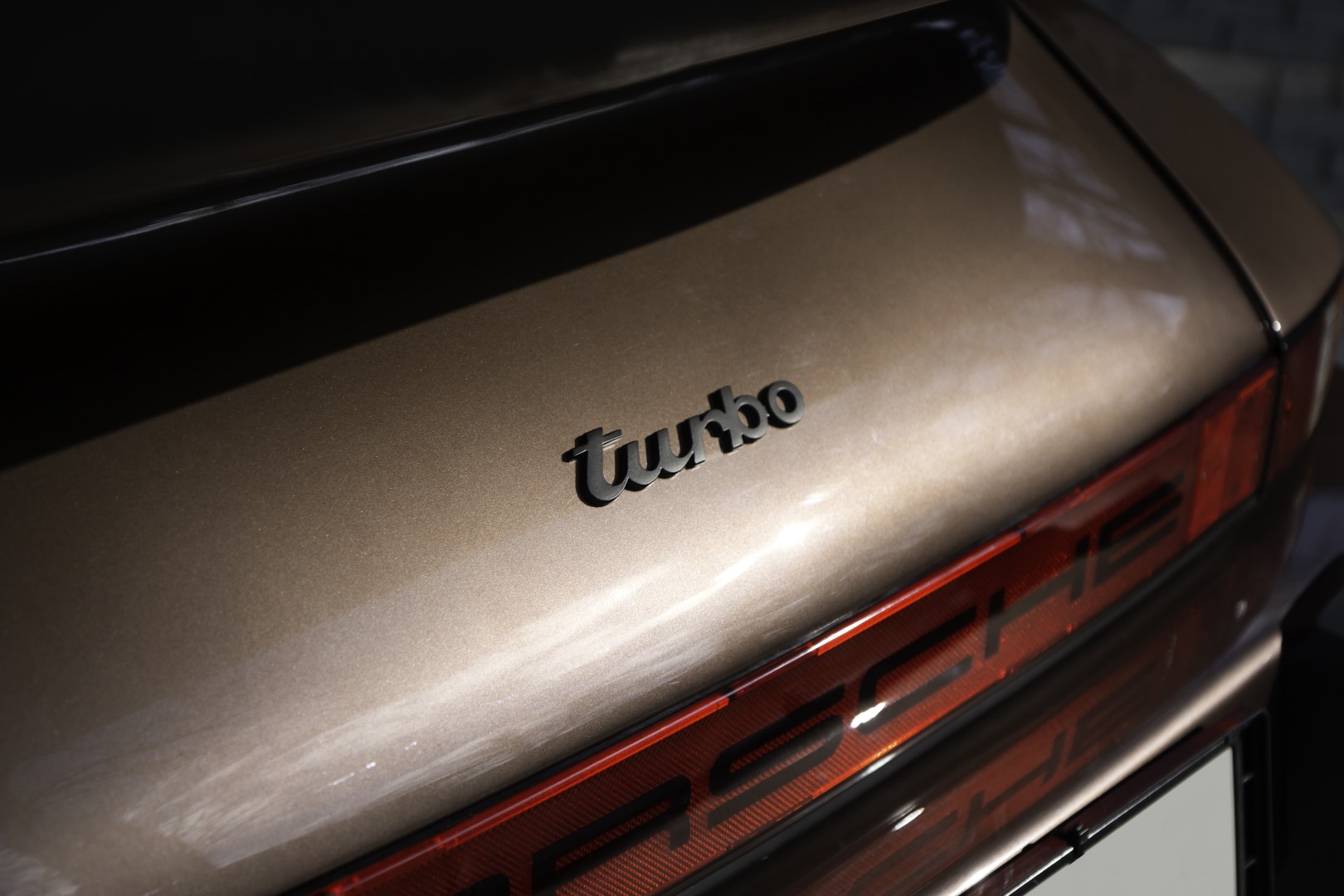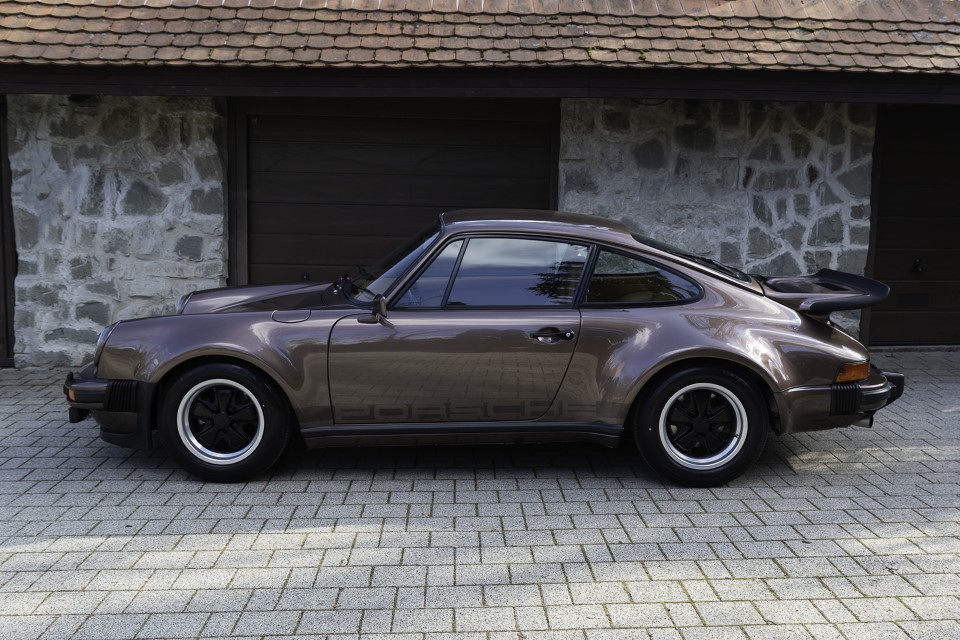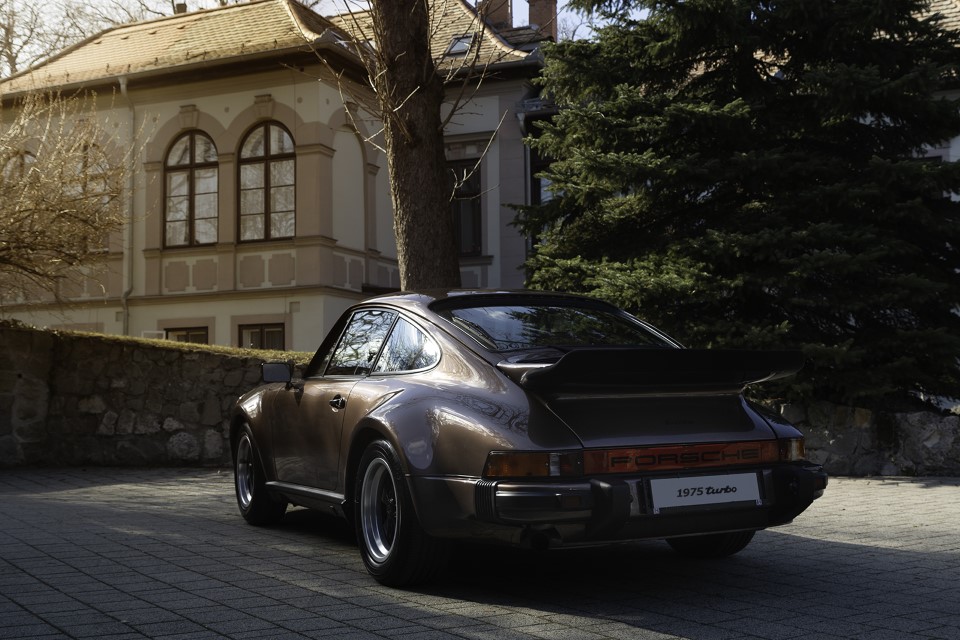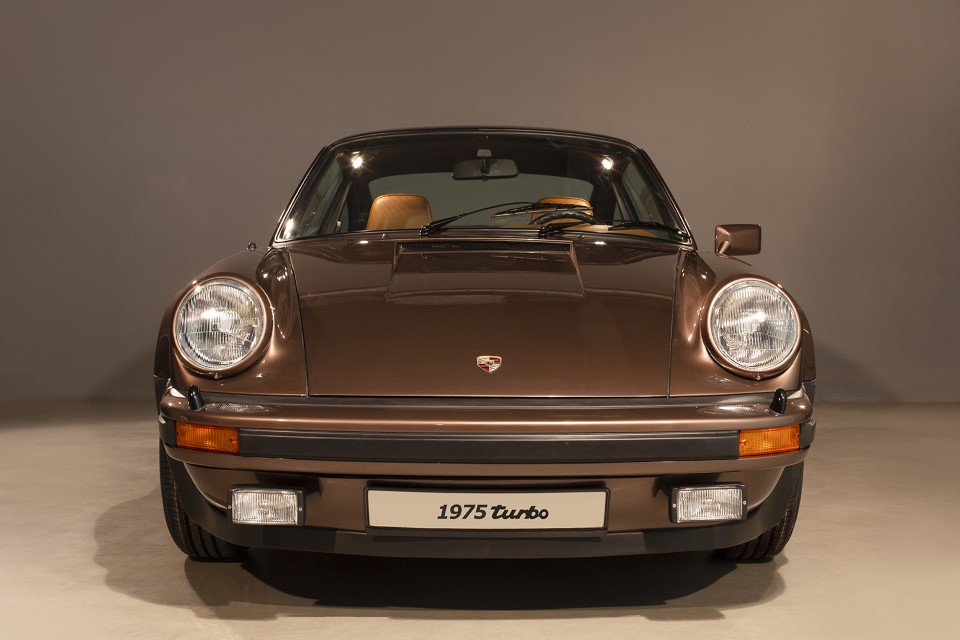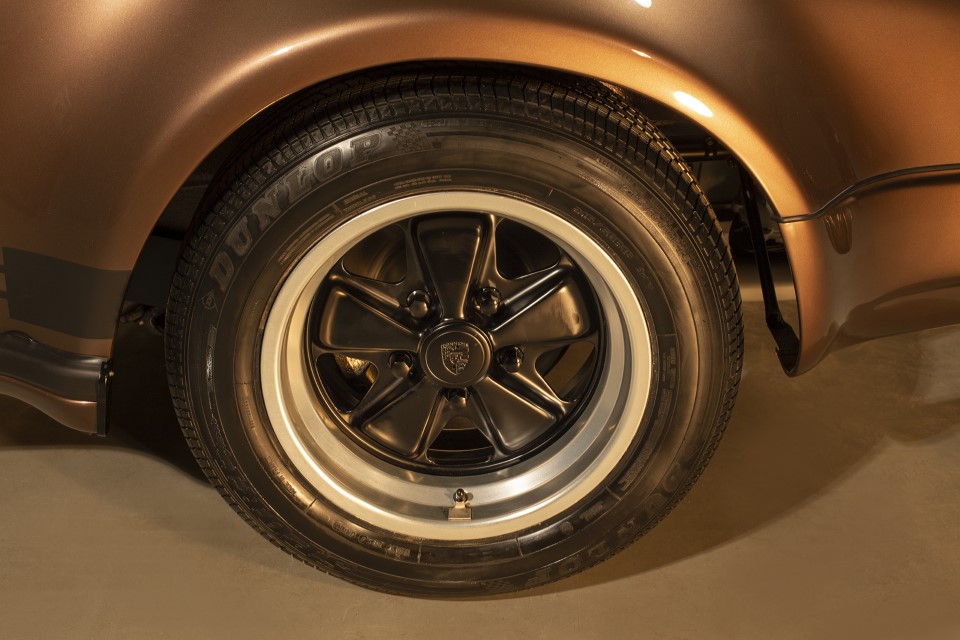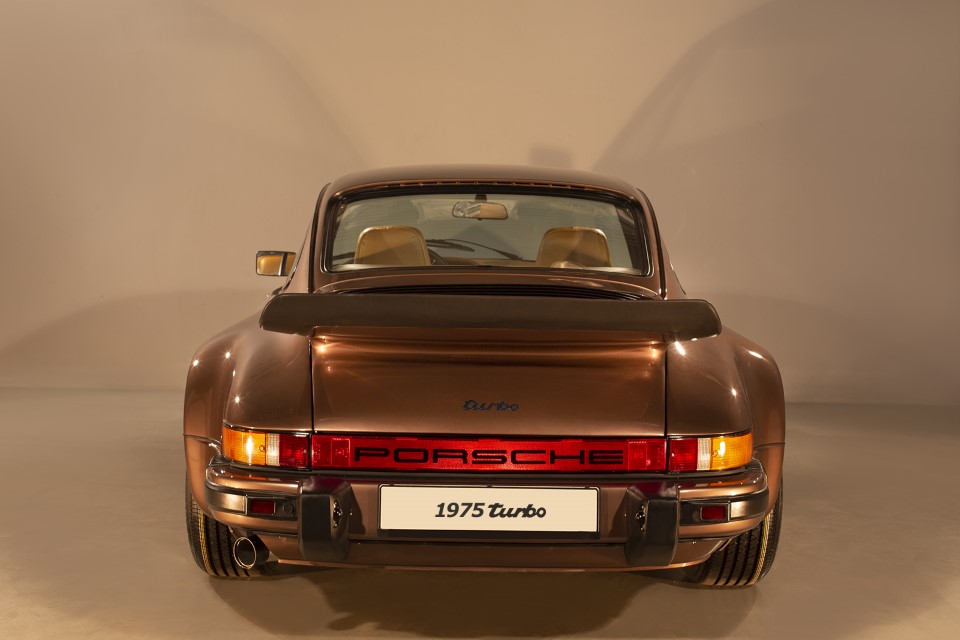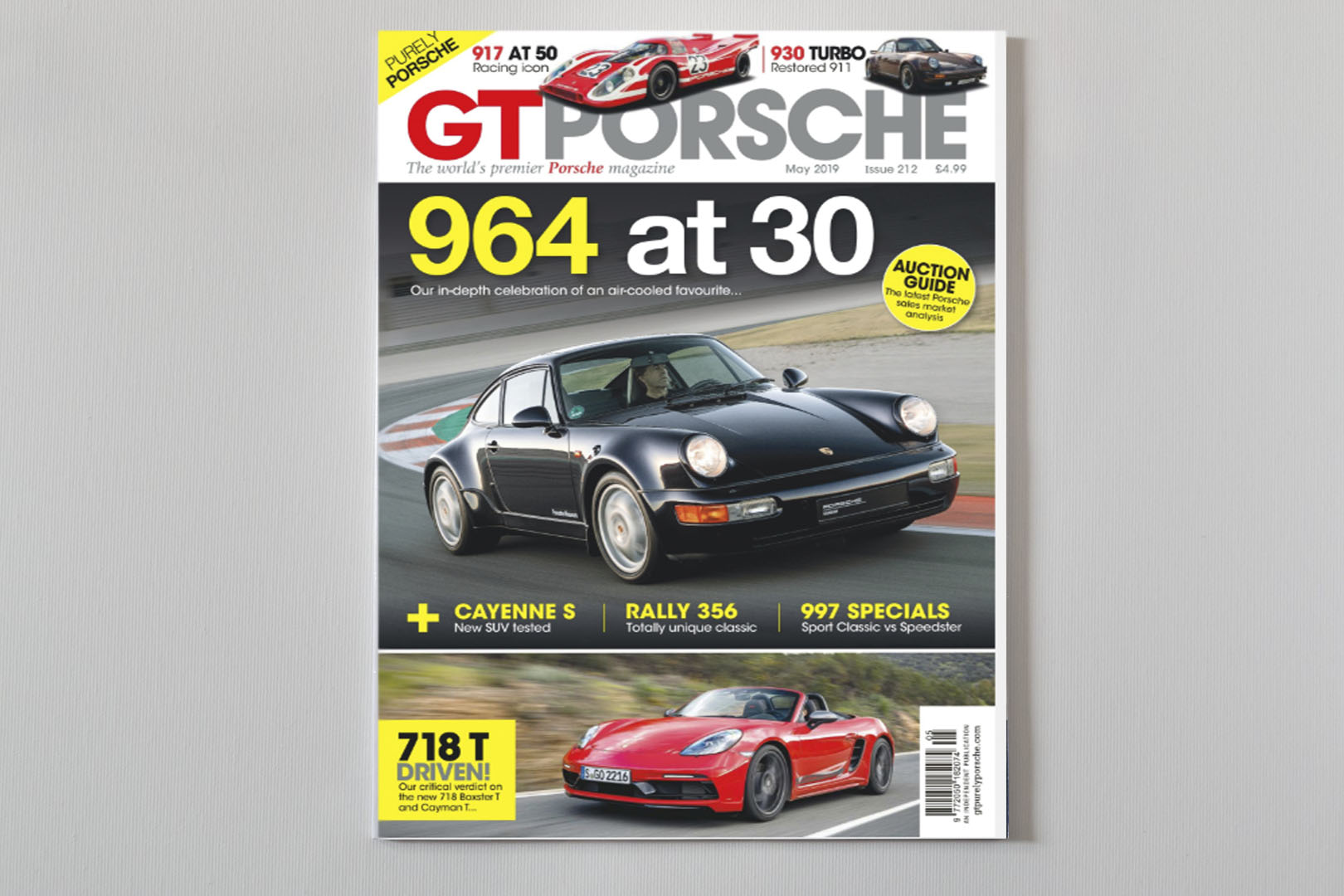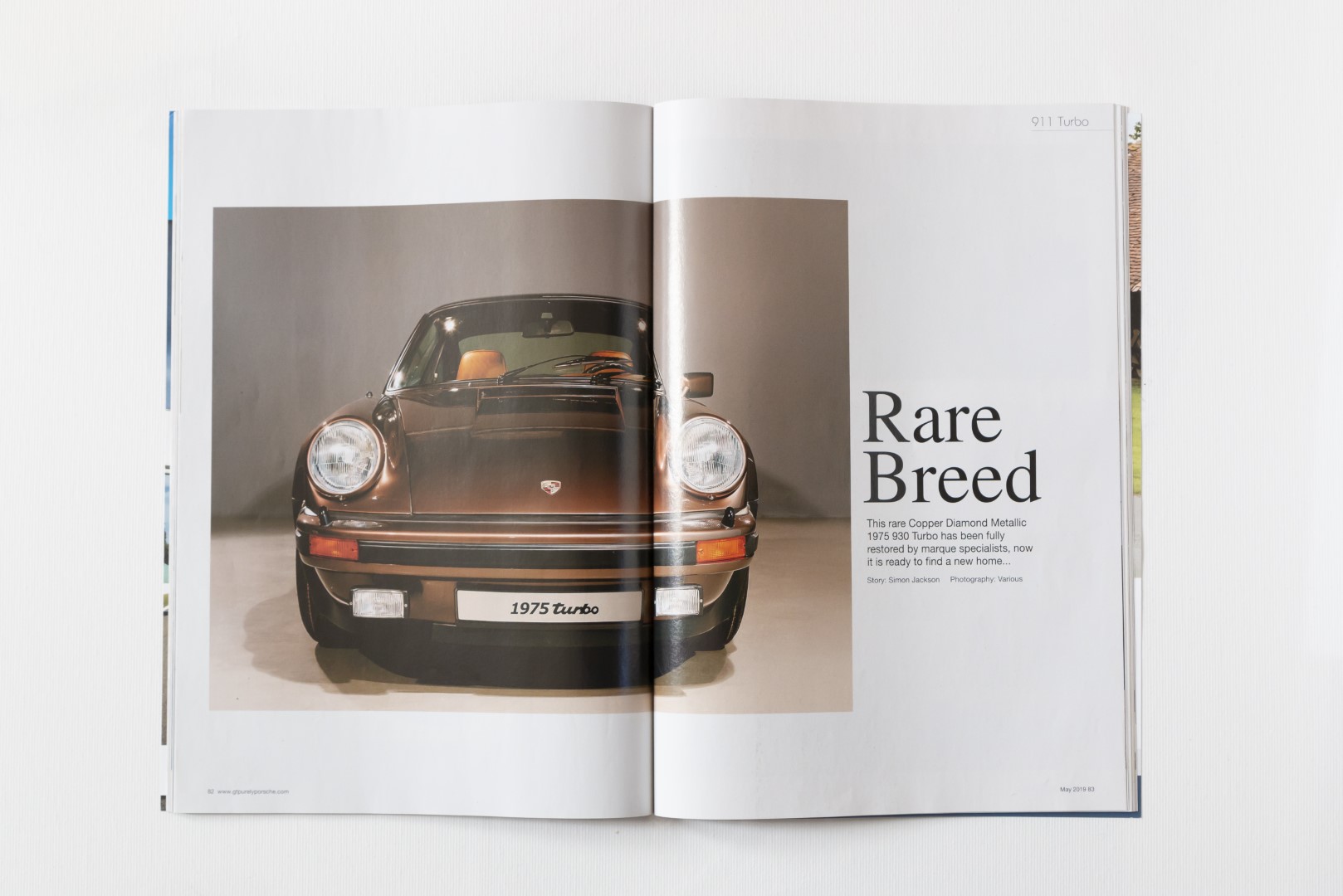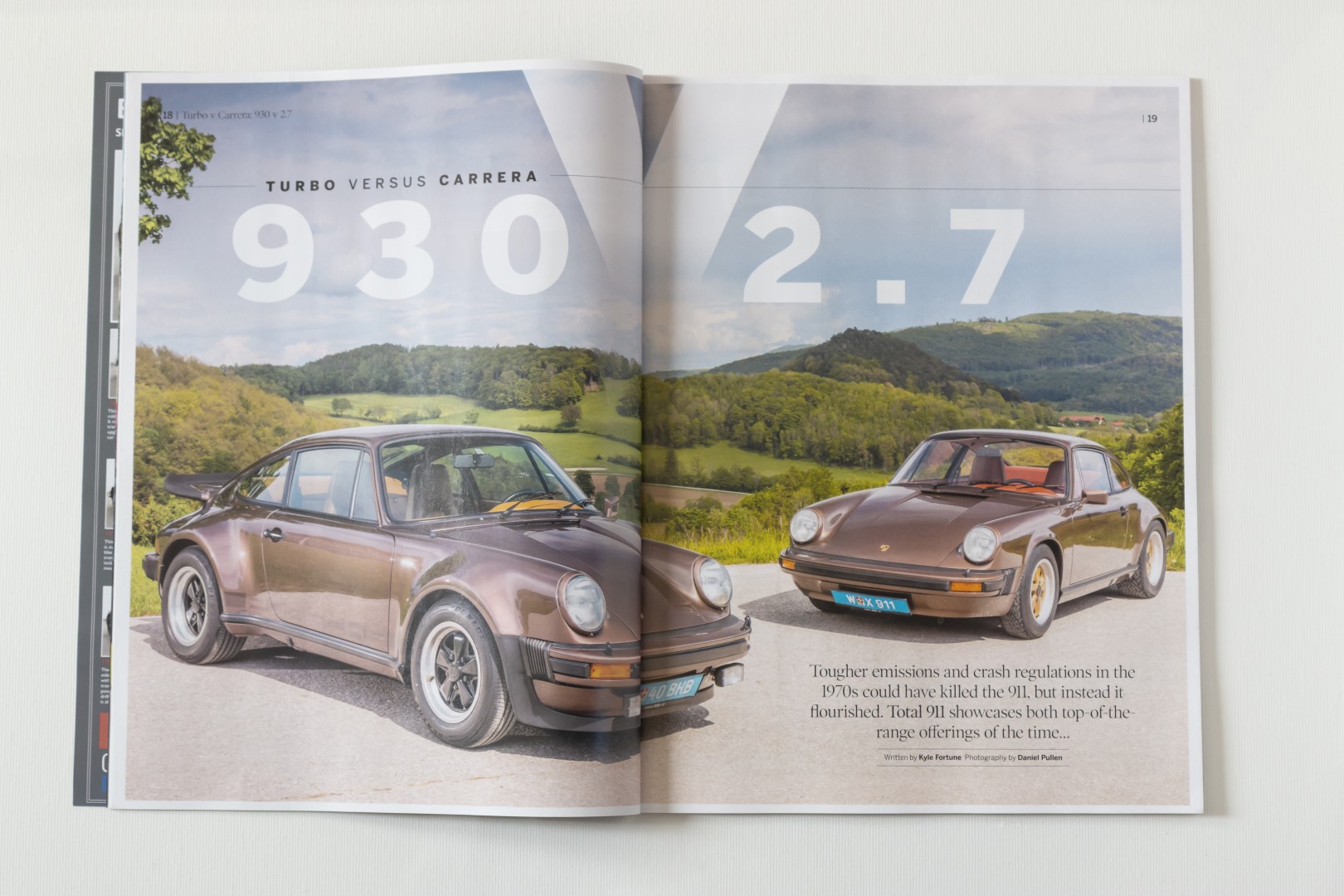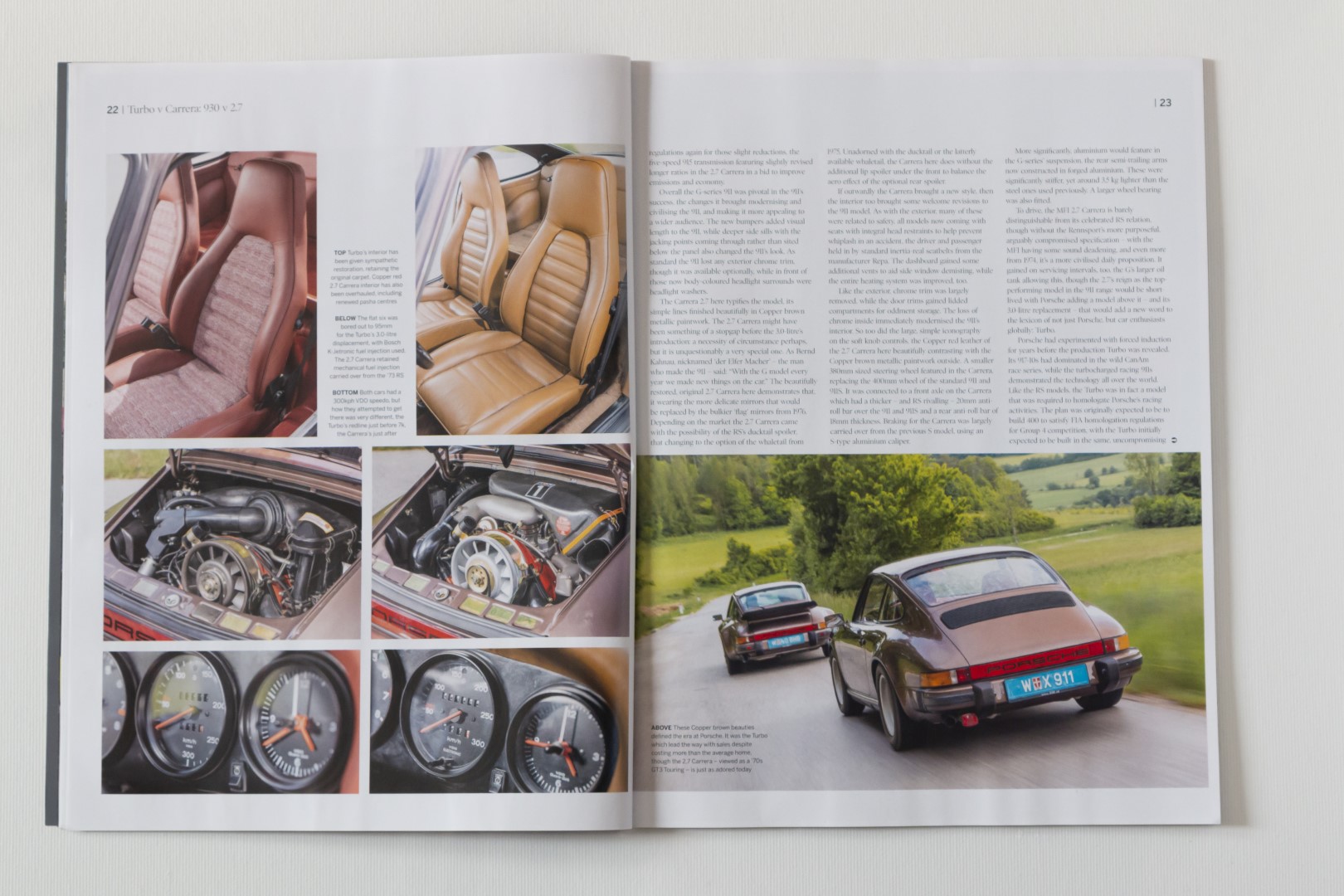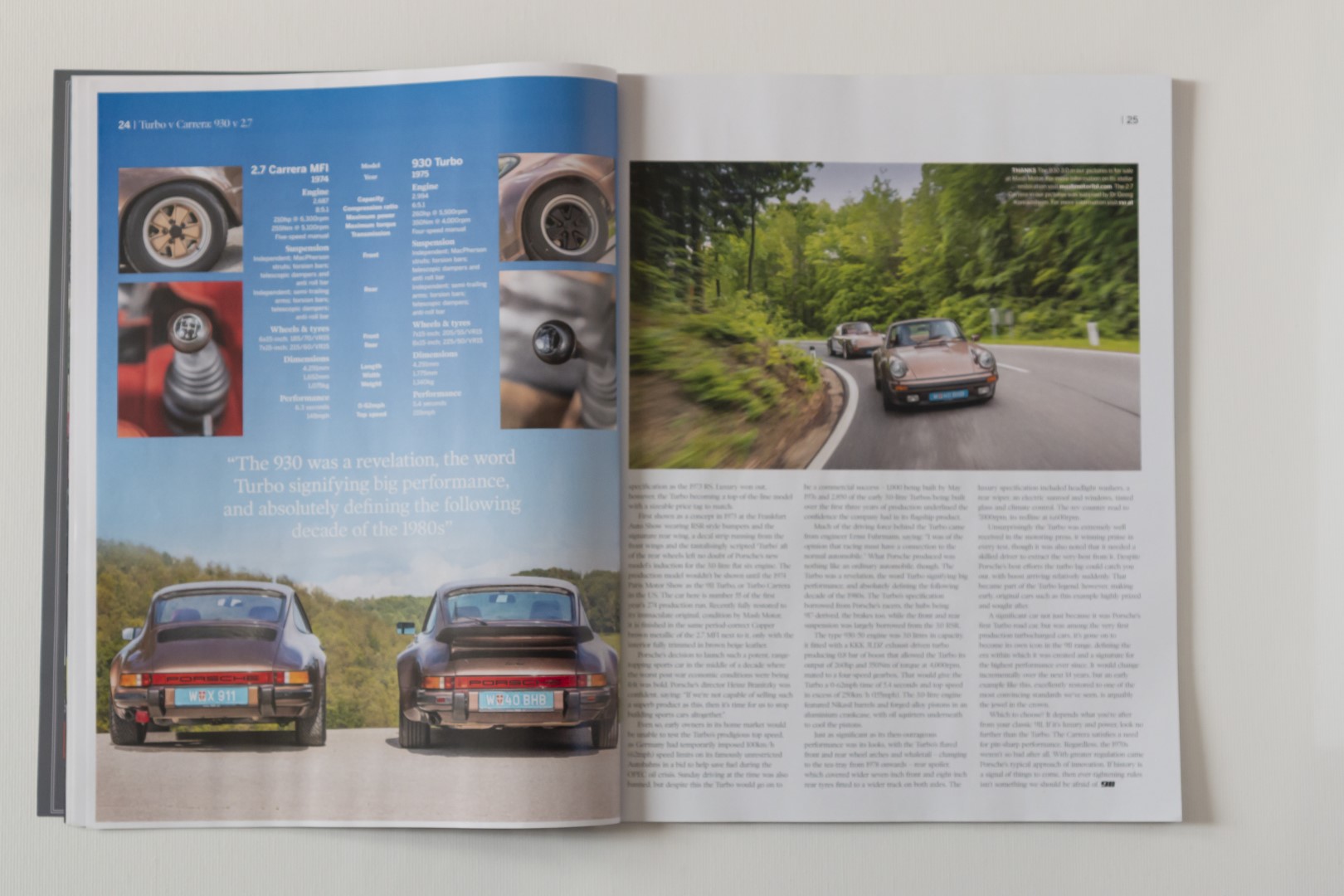Porsche 930 Turbo car number 55
Porsche 930 no55 VIN number
The Porsche 930 Turbo
Following on the back of its 917 racing success in the early 70s, Porsche decided it would use its expertise with turbo charging race cars to build the ultimate road going 911, the first Porsche Super Car.
In the spring of 1975, the first Porsche 911 Turbo took a place of pride in the showrooms of the Porsche dealerships. Not quite 45 years later, the car that changed the world has become a legend Porsche 911 Turbo.

Developed by combining the technologies from the Turbo Carrera RSR 2.1 and the Carrera RS 3.0 of 1974, Porsche would introduce the 911 Turbo as its flagship model, the quietest and most luxurious super high-performance car that Porsche had ever offered. With its 1140Kg, the 1975 930 Turbo is the lightest and purest turbo Porsche ever built.
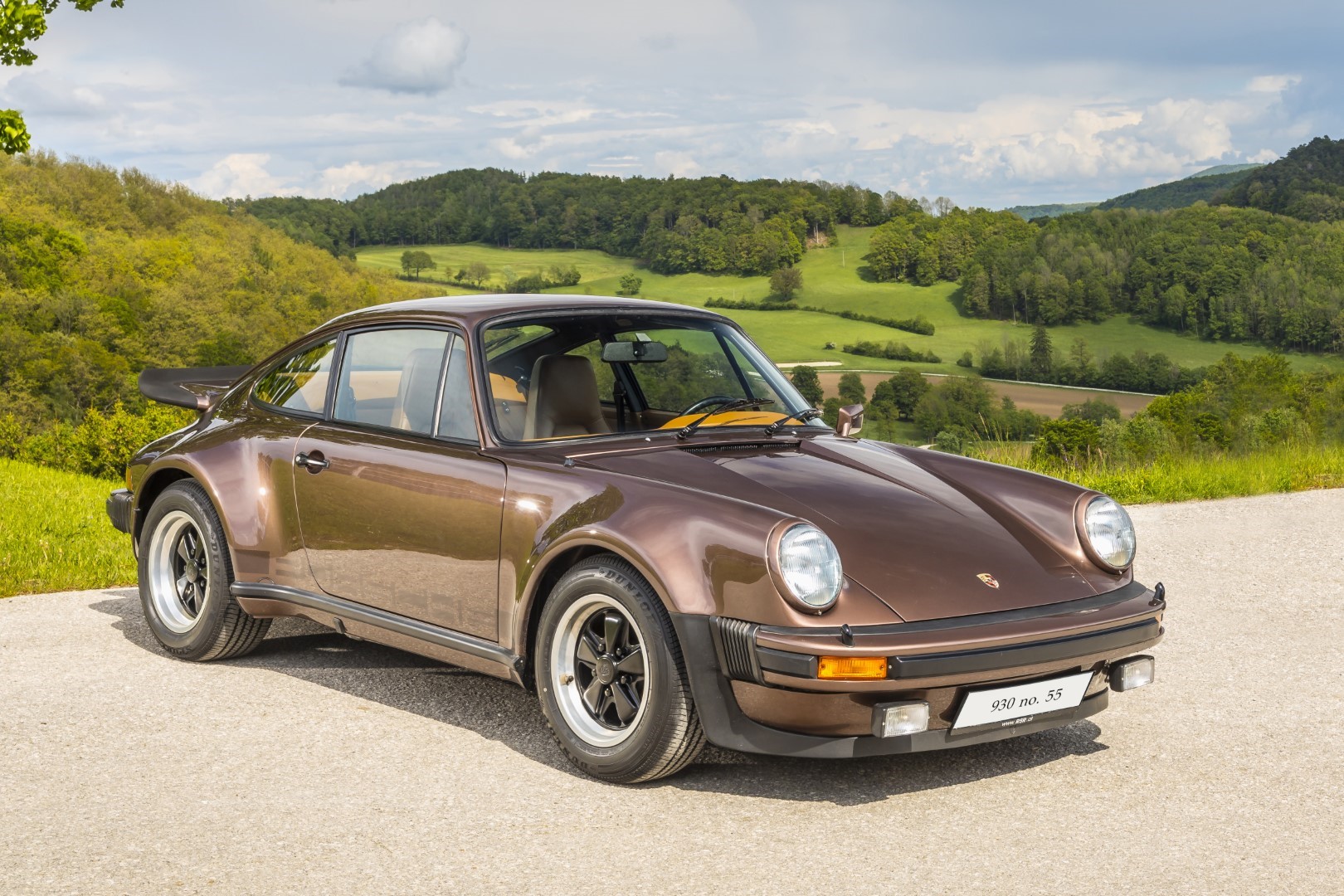
When the new 911 turbo was introduced at the Paris Salon in October 1974 it was lacking nothing and priced accordingly, more than double the price of a standard 911.
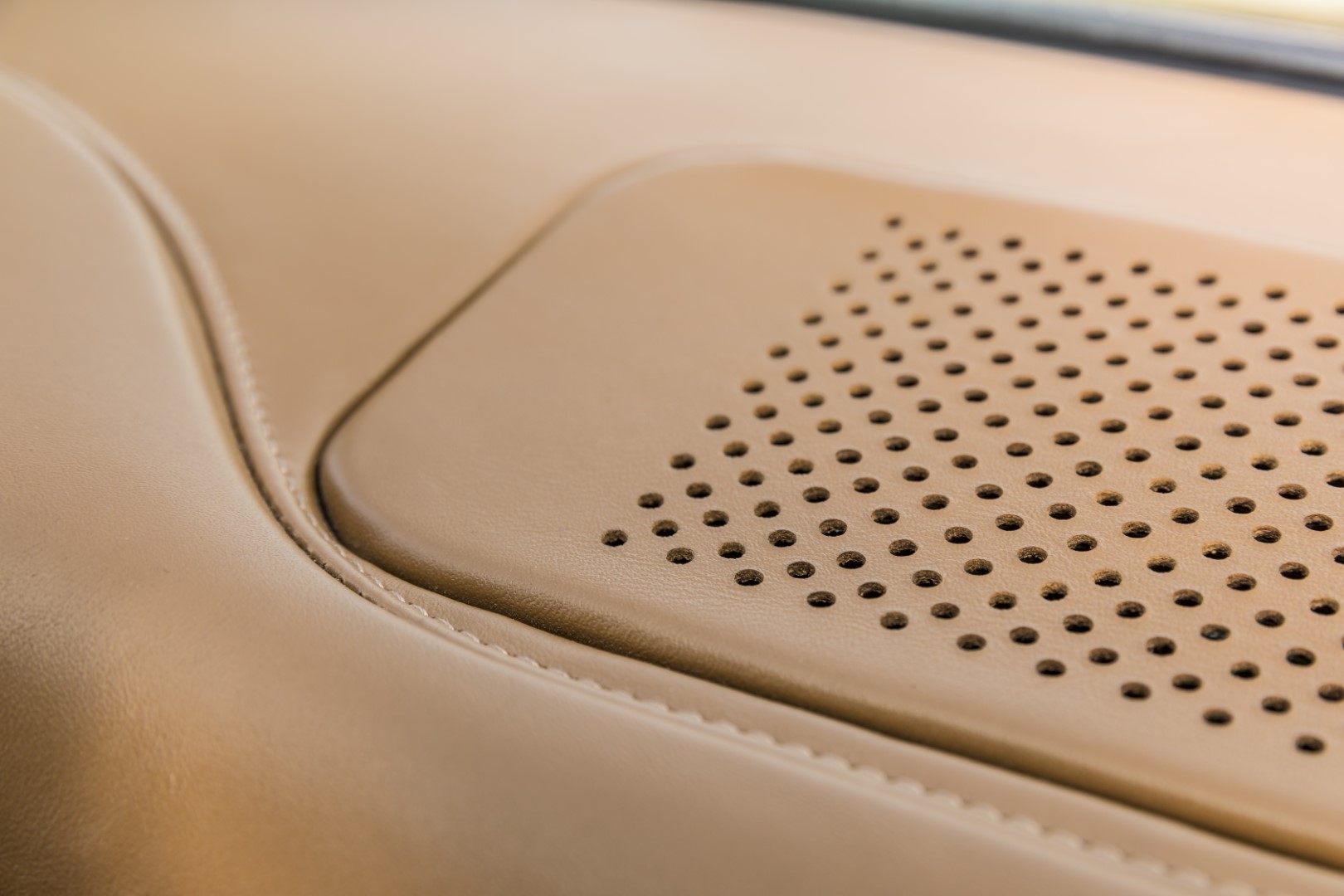
It was impossible for anyone to mistake the muscular new bodywork of the Turbo for any ordinary 911; its front fenders and rear quarter panels were drastically flared to accommodate larger 15-inch-diameter Fuchs forged aluminum road wheels, seven inches wide in front and eight inches in the rear. The rear ”whale-tail” spoiler not only added downforce but its separate intake grille also supplied cooling air to the engine compartment. A deep chin spoiler was added below the nose to further improve and balance the handling. Early on, the 930 Turbo earned the reputation of being a widowmaker. The rear weight bias combined with turbo lag created a pendulum effect that brought the rear end out at an inopportune time.
Many of the first 274 cars ended their journey crashed into a rock wall. There is so much weight hanging on the rear axle and early turbo tech that creates difficult handling characteristics. By comparison, today’s generation of the Turbo shed the widowmaker image thanks to 4WD, traction control, and modern turbo tech.

Therefore, the 930 Turbo is a true piece of automotive history that will most certainly never be repeated because it was too much to handle for most people. The cruel Turbo lag and fearsome Oversteer is scary, alright. but as William S. Burroughs once highlighted that ”danger is a biologic necessity, like dreams. If you face death, for that time, for the period of direct confrontation, you are immortal.”
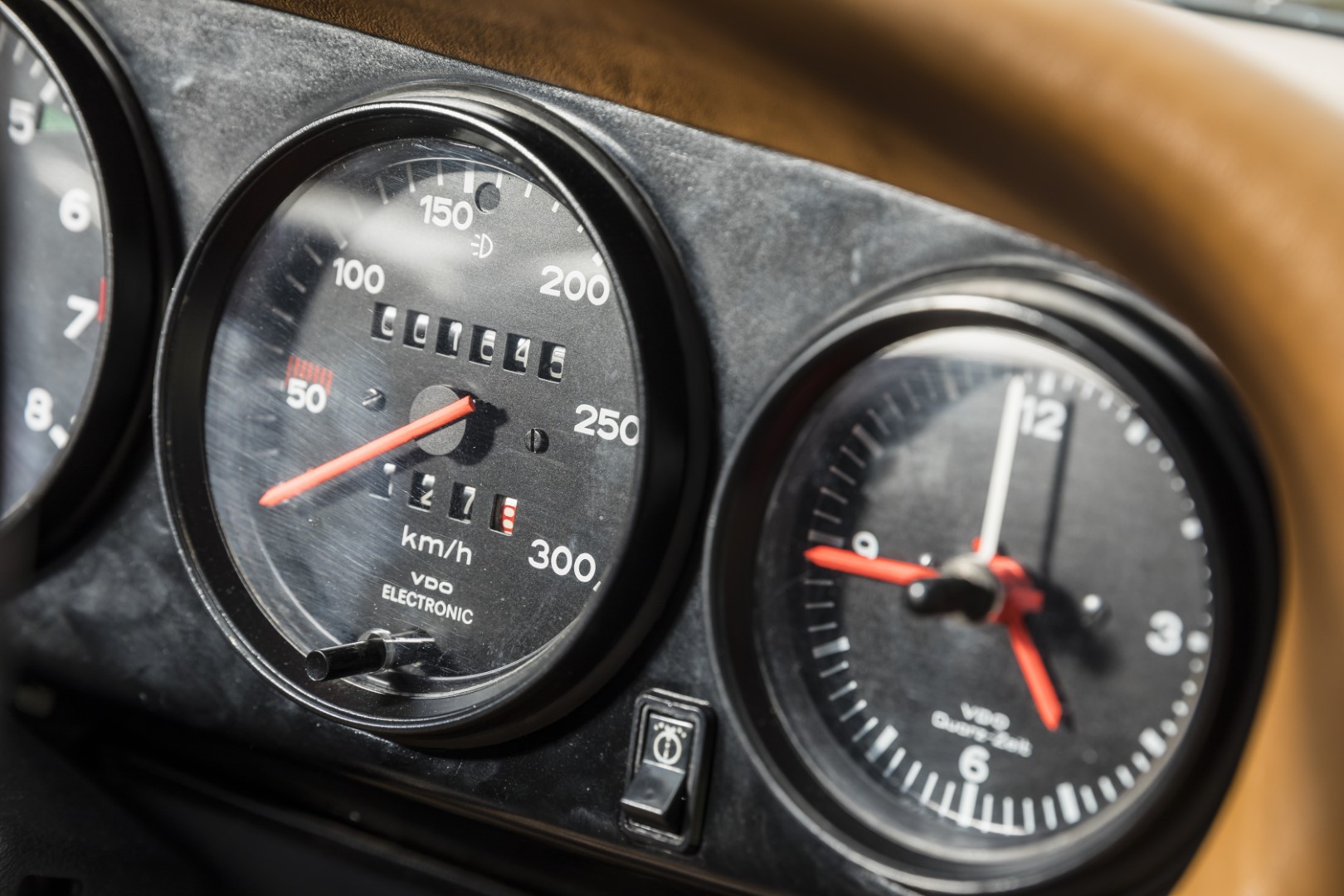
Due to the overwhelming demand for the new flagship and very limited production of only 274 cars, Porsche offered the first cars built to ”friends of the factory”. Celebrities, Royals, even Steve McQueen would have to wait for their cars and settle with later 1976 models.
The inaugural model year of 1975 was never available in the U.S. market. Its racing success with the 934 and 935 would contribute further to the Turbo legend.

The 930 1975 H-series a rare breed
Lightest turbo with its 1140kg ever built by Porsche.The 274 H-Series produced have a lighter and more responsive feel than any other variant of the 930
• Body painted flag mirror
• Speaker grill on top of dash pad
• Bare metal black instrument cluster surround
• 1975-style instrument panel gauges and controls
• 1975-style accelerator pedal
• Non-pleated (smooth) door panels and leather bottom pockets
• Non-pleated (smooth) rear deck
• Round front seat back tilt release knobs (sport and standard)
• No embroidered turbo script on left rear seat back
• Blaupunkt Köln standard radio (no cassette) with speakers in rear deck only
• Blaupunkt Bamberg (w/ cassette) optional with speakers in rear deck and doors
